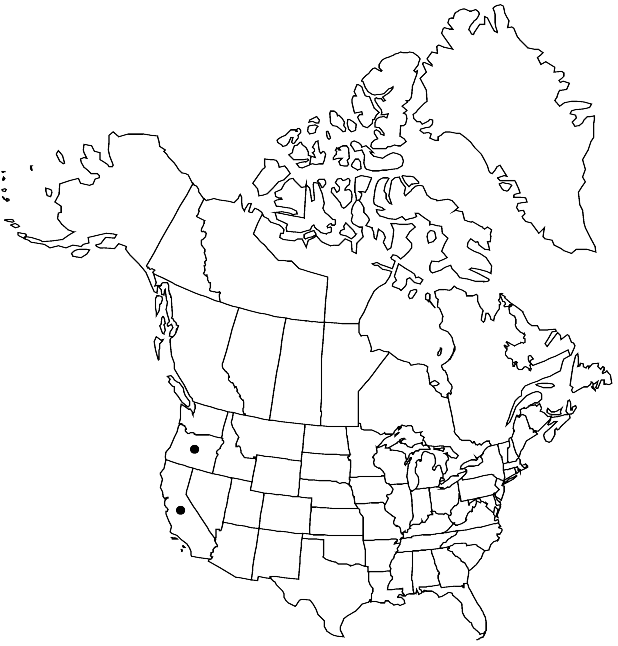Arabis modesta
Rhodora 43: 350. 1941.
Perennials; (caudex usually simple, rarely branched, covered with persistent petiolar remains); sparsely to densely pubescent, trichomes short-stalked, cruci-form, or 3-rayed stellate, (0.3–0.5 mm). Stems simple or few from base (caudex), erect, usually unbranched, rarely branched (few) distally, 2.2–5.5(–6.7) dm, (usually pubescent throughout, rarely subglabrate distally, trichomes stellate). Basal leaves: petiole 1–4(–5) cm, (rarely minutely ciliate near base); blade oblanceolate to obovate, (0.8–)2–4.5(–6) cm × (4–)10–20(–25) mm, margins entire, repand, or dentate, (not ciliate), apex obtuse, surfaces pubescent, trichomes short-stalked, stellate. Cauline leaves (2–)4–6(–9); blade oblong or ovate, 1–3.5(–4.5) cm × (3–)6–10(–20) mm, base not auriculate, margins entire, repand, or dentate, apex obtuse or acute, surfaces pubescent, trichomes short-stalked, stellate. Racemes simple, (dense). Fruiting pedicels ascending to divaricate, 7–18(–25) mm. Flowers: sepals (purple), oblong, (4–)5–6.5(–8) × 1.5–2 mm, lateral pair saccate basally; petals purple, spatulate, (10–)12–16(–20) × 4–6(–7) mm, apex rounded; filaments (4–)5–8 mm; anthers narrowly oblong, 1.3–2 mm. Fruits suberect to divaricate, sometimes slightly curved, slightly torulose, (2.8–)3.5–6 cm × 1.5–2 mm; valves each with prominent midvein extending to middle or full length; ovules 20–34 per ovary; style 0.5–1(–1.5) mm. Seeds winged distally, oblong, 1.7–2.2 × 0.9–1.2 mm; wing 0.2–0.5 mm wide. 2n = 32.
Phenology: Flowering Mar–Apr(-May).
Habitat: Moist shaded banks, slopes, rocky canyon walls, talus, basaltic bluffs
Elevation: 150-500 m
Discussion
Arabis modesta, known only from Napa, Siskiyou, and Yolo counties (California), and Jackson and Josephine counties (Oregon), and the following four species form a well-defined group easily separated from the first nine species above by their large, purple petals. Arabis modesta is readily distinguished from other purple-flowered Arabis by having very fine, short-stalked cruciform and 3-rayed, instead of simple and 2-rayed, forked trichomes. Arabis blepharophylla has broadly winged, orbicular seeds, and the other purple-flowered species (A. aculeolata, A. mcdonaldiana, A. oregana) have oblong seeds that are not winged or narrowly winged distally. The lines separating these three species are not as well-defined as those of A. blepharophylla and A. modesta, and further studies are needed to resolve them. I prefer to maintain all five species of purple-flowered Arabis as distinct until thorough molecular and hybridization studies are conducted. In the absence of such studies, it is unwise to make any nomenclatural changes.
Selected References
None.
